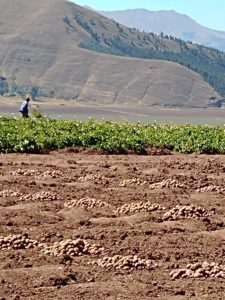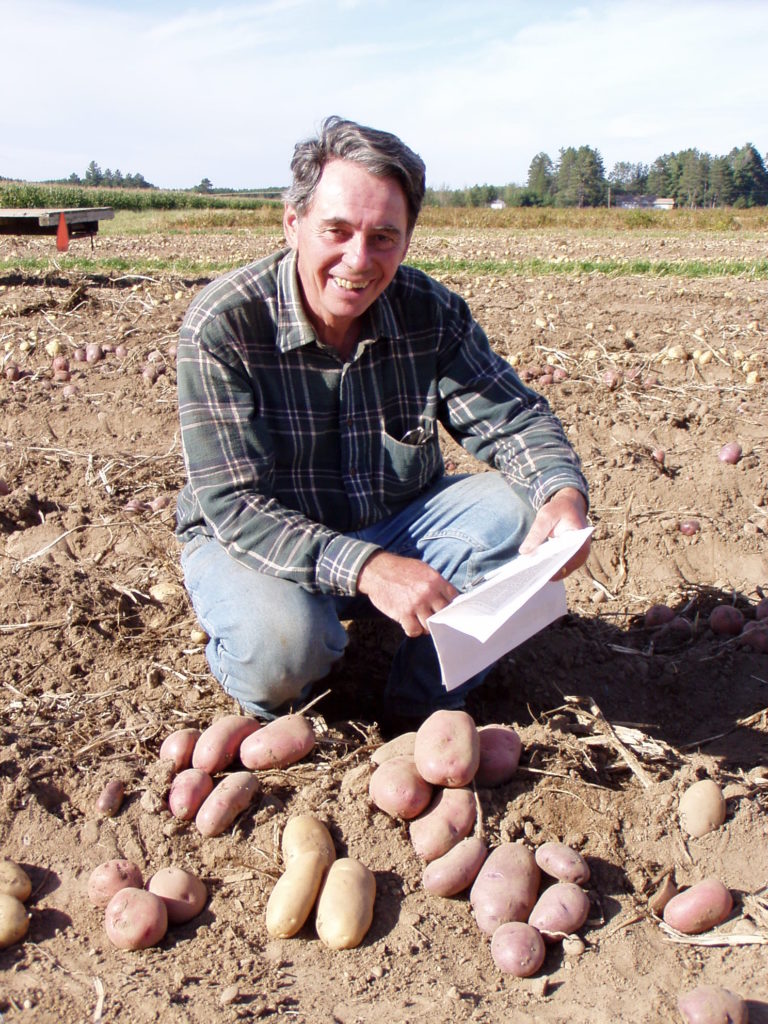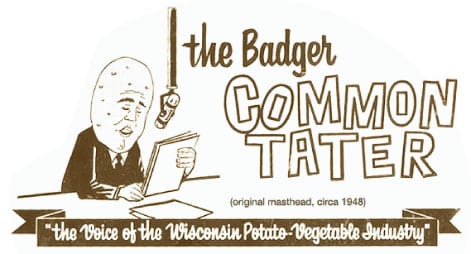A staple of the high Andes, potato was grown in rotation with indigenous quinoa and kañihua
By Dr. Horia Groza, University of Wisconsin, retired

Potato and man coexisted more than 12,500 years ago, but they became friends only 8,000 years past, when domesticated. Potato fed man and man protected potato from dying of diseases.
Monte Verde is a site near Puerto Montt, in Southern Chile, where the young archeologist Thomas Dillhay (The Settlement of America, A New Prehistory, Basic Books, 2000) proved that people dug, gathered and consumed potatoes 125 centuries ago.
It was a time when the glaciers retreated, and the climate started to be warmer and drier.
Twenty-four root and tuber plants resisted the long, dry seasons in the Andean mountains at an elevation of 13,000 feet because their starch reserves were stored underground.
Among them, potato was the only one that did not shrivel in time (John Reader, Potato, a History of the Propitious Esculent, Yale University Press, 2008).
The tubers were bitter, up to twenty-fold richer in glycoalkaloids than they are today.
Aymara inhabitants of the Bolivian Andes imitated the geophagy procedure of parrots and monkeys, mixing potato as food with a little clay, which absorbed the glycoalkaloids and was eliminated undigested.
Later, man noticed that a process of freezing, washing, refreezing, drying and rubbing might remove the potato’s poisonous bitterness. Consequently, he made chuño, a white or brown, dry, small potato of hard consistence, storable for decades.
The man’s genuine friendship with potato started about 8,000 years ago in the Peruvian and Bolivian regions bordering Lake Titicaca, when a persistent selection led to a more consistent crop with larger and less bitter tubers.



